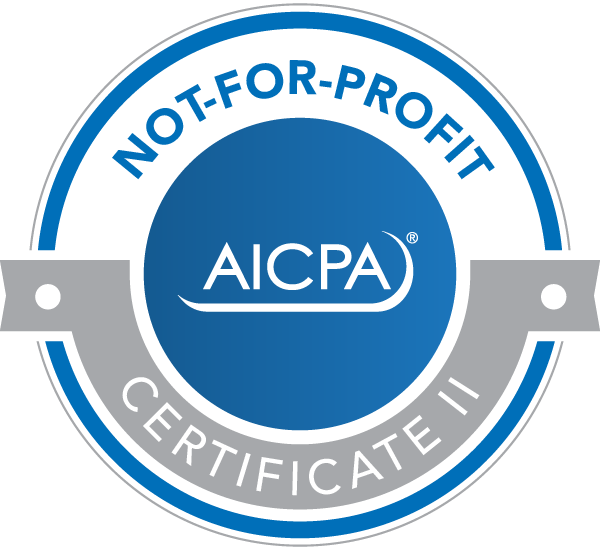Will you be age 50 or older on December 31? Are you still working? Are you already contributing to your 401(k) plan or Savings Incentive Match Plan for Employees (SIMPLE) up to the regular annual limit? Then you may want to make “catch-up” contributions by the end of the year. Increasing your retirement plan contributions can be particularly advantageous if your itemized deductions for 2018 will be smaller than in the past because of changes under the Tax Cuts and Jobs Act (TCJA).

Catching up
Catch-up contributions are additional contributions beyond the regular annual limits that can be made to certain retirement accounts. They were designed to help taxpayers who didn’t save much for retirement earlier in their careers to “catch up.” But there’s no rule that limits catch-up contributions to such taxpayers.
So catch-up contributions can be a great option for anyone who is old enough to be eligible, has been maxing out their regular contribution limit and has sufficient earned income to contribute more. The contributions are generally pretax (except in the case of Roth accounts), so they can reduce your taxable income for the year.
More benefits now?
This additional reduction to taxable income might be especially beneficial in 2018 if in the past you had significant itemized deductions that now will be reduced or eliminated by the TCJA. For example, the TCJA eliminates miscellaneous itemized deductions subject to the 2% of adjusted gross income floor — such as unreimbursed employee expenses (including home-off expenses) and certain professional and investment fees.
If, say, in 2018 you have $5,000 of expenses that in the past would have qualified as miscellaneous itemized deductions, an additional $5,000 catch-up contribution can make up for the loss of those deductions. Plus, you benefit from adding to your retirement nest egg and potential tax-deferred growth.
Other deductions that are reduced or eliminated include state and local taxes, mortgage and home equity interest expenses, casualty and theft losses, and moving expenses. If these changes affect you, catch-up contributions can help make up for your reduced deductions.
2018 contribution limits
Under 2018 401(k) limits, if you’re age 50 or older and you have reached the $18,500 maximum limit for all employees, you can contribute an extra $6,000, for a total of $24,500. If your employer offers a SIMPLE instead, your regular contribution maxes out at $12,500 in 2018. If you’re 50 or older, you’re allowed to contribute an additional $3,000 — or $15,500 in total for the year.
But, check with your employer because, while most 401(k) plans and SIMPLEs offer catch-up contributions, not all do. Also keep in mind that additional rules and limits apply.
Additional options
Catch-up contributions are also available for IRAs, but the deadline for 2018 contributions is later: April 15, 2019. And whether your traditional IRA contributions will be deductible depends on your income and whether you or your spouse participates in an employer-sponsored retirement plan. Please contact us for more information about catch-up contributions and other year-end tax planning strategies.
- Evaluate whether a Health Savings Account is beneficial to you - September 19, 2023
- Investment swings: What’s the tax impact? - September 12, 2023
- Plan now for year-end gifts with the gift tax annual exclusion - September 5, 2023
- Selling your home for a big profit? Here are the tax rules - August 29, 2023
- The tax consequences of employer-provided life insurance - August 22, 2023









